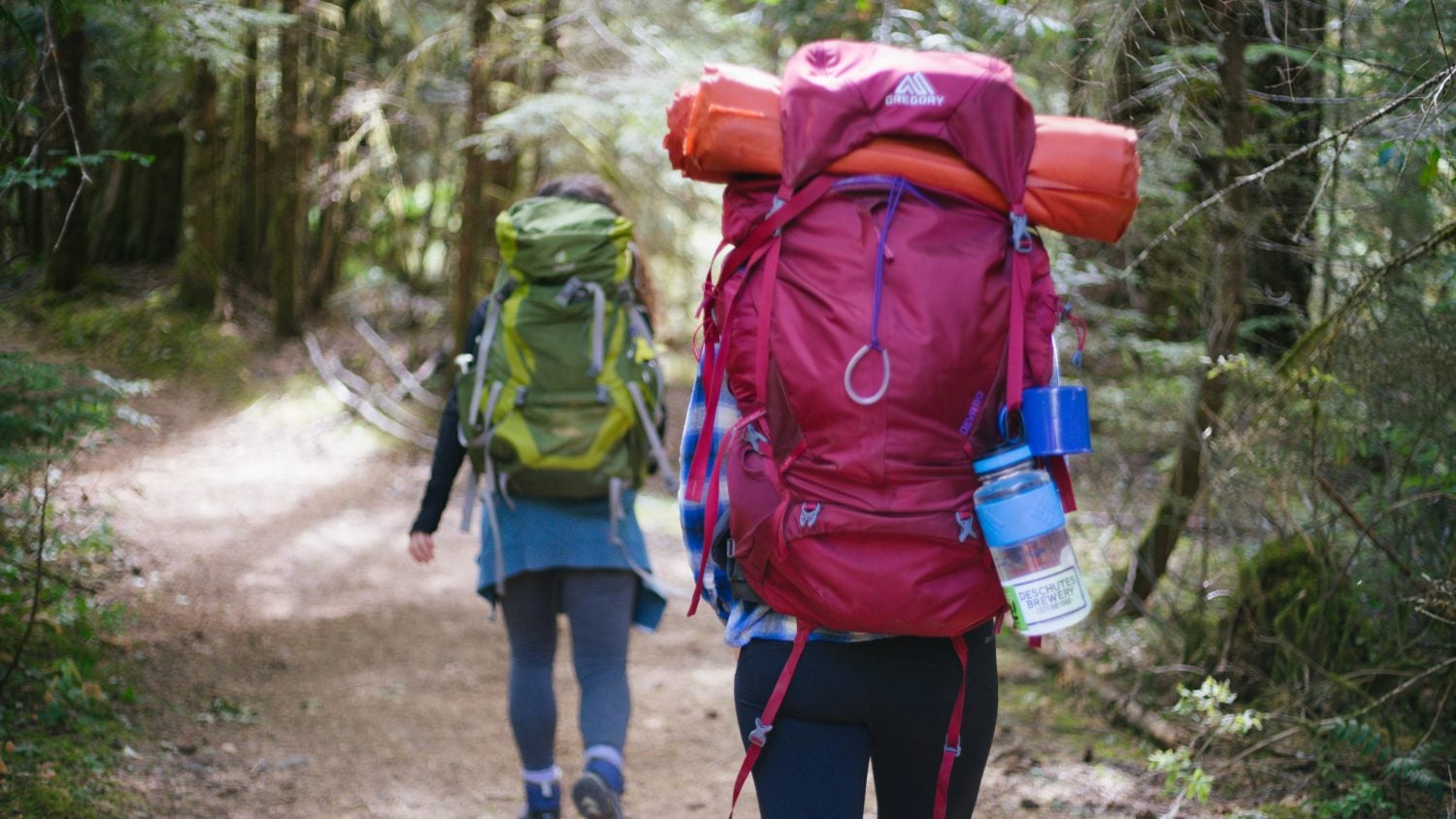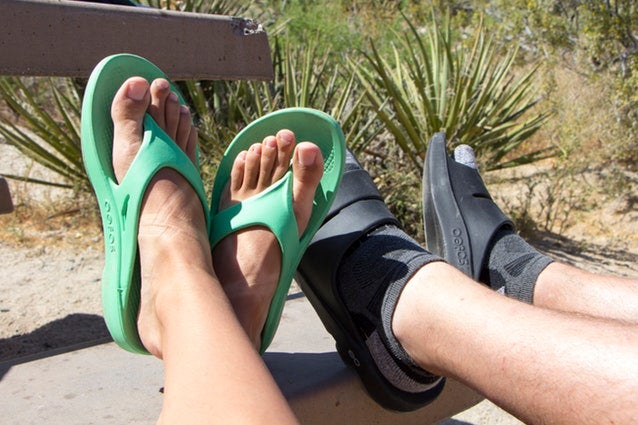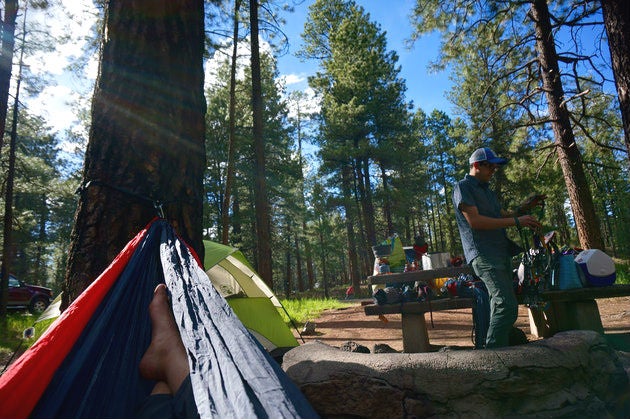Whether you’re a seasoned backcountry rockstar or it’s your first foray off the campground, planning ahead is always important when it comes to wilderness exploring. While many national and state parks grant same-day permits to backcountry hikers, there are some whose popularity makes the process a little trickier.
Where You Need to Reserve Backcountry Permits
If you want to venture away from crowded campgrounds next summer, now is the time to start thinking about your backcountry permits. Here are 8 backcountry permits you will need to apply for in advance.
1. Glacier National Park, Montana
While Glacier National Park does allow same-day and next-day permits, it has what is called a ‘50-50 policy’, meaning only half of the permits are held for backcountry campers who wait until the day of. Since this is one of the most sought-after wilderness camping locations in the whole of the United States, it’s recommended that visitors take advantage of the advance reservations system. All you need to do to secure a permit of your own is apply online at least one month ahead. In the high season, it’s a much safer bet than rolling the dice!
Backcountry permits for Glacier National park can be reserved starting on March 1 for groups of 9-12 campers and on March 15 for smaller groups.
2. Grand Teton National Park, Wyoming
You have a better chance of securing a same-day permit at Grand Teton National Park than Glacier. But this is another park that is extremely popular during the high season. Unless you want to show up at the backcountry permit office at 5 am, it’s a good idea to reserve your permit online in advance.
You can reserve your Grand Teton National Park permit starting on the first Wednesday of January.
3. John Muir Trail, California
Hiking the John Muir Trail is a thrilling challenge to undertake. It might also be the most confusing backcountry experience when it comes to permits. Spanning 211 miles from Yosemite Valley to Mount Whitney, the trail covers multiple national parks. If you’re entering at the northern terminus, you’ll need a Yosemite Wilderness Permit. If you’re starting at the southern Terminus, you’ll need a permit for Inyo National Forest. Once you’ve selected your route, check the national parks you’ll be crossing for more information on the necessary permits.
A Yosemite Wilderness Permit should be reserved exactly 168 days in advance. (They sell-out almost immediately.) Wilderness permits for Inyo National Forest can be made through Recreation.gov.
4. Sequoia and Kings Canyon, California
“The Land of the Giants,” is actually two national parks, located side by side. Sequoia and Kings Canyon National Parks provide double the drama for scenery and adventure, with their massive trees, rugged mountains, and seemingly endless backcountry trails.
If you want to surround yourself with the giant sequoias in the backcountry, you’re going to need a permit. The two parks have a backcountry permit quota system that is used during crowded times, including the summer months. During these quota periods, campers hoping to nab a same-day permit are at the mercy of the rangers, and there is really no good method in place that will alert campers on whether the quota has been hit or not. That’s why campers should skip the stress and take advantage of their advance reservation system.
Reserve your backcountry permit for Sequoia and Kings Canyon starting on March 1.
5. Yosemite National Park, California
Like all of the other parks we’ve mentioned, Yosemite National Park is extremely popular and almost always full during the high season. While the park does grant same-day permits, they do not start issuing them until 11 am, meaning you could be wasting precious trail time while you’re waiting in line! Luckily, Yosemite now allows backcountry campers to place reservations a full 24 weeks in advance. Protip: If you are planning to hike Half-Dome, you will need to apply for a special day-hike permit.
Nab your wilderness permit reservation for Yosemite National Park 24 weeks before you want to hit the trail.
Don’t miss out on these awesome adventures because you forgot to reserve a backcountry permit. There’s no guarantee that you’ll get one, even if you do try to reserve in advance, but mark your calendar to increase your chances. You’ll be glad you did.
6. The Narrows in Zion National Park, Utah
As the most popular hike in Zion National Park, The Narrows gets crowded fast. This is especially true in the summer when the park gets the most traffic. The hot and dry climate here, make this shaded waterway a refreshing reprieve from the heat. The hike follows the Virgin River in an area where the canyon gets narrow, taking you through ankle and waist deep stretches of the river. Be sure to check out the Zion National Park website for potential closures of this trail. They close is off when there are storms that make the trail dangerous.
You can buy a permit at the park, but they sell out fast. The best option is to get a permit online, here. They can be reserved within three months of your trip.
7. Overnight Camping in Mount Rainier National Park, Washington
Whether you are wanting to thru-hike the entire 93-mile Wonderland Trail inside Mount Rainier National Park or just looking to stay one night at one of the parks campgrounds, you will need a wilderness permit. All overnight camping inside Mount Rainier National Park requires one. This permit also reserves a specific campsite for you, ensuring that there is room for all hikers and campers inside the park. An extra fee is also requires if you plan to do any hiking or climbing above 10,000 feet inside the park.
Permits can be acquired over the phone, or on a first come first serve basis by stopping by a ranger station. You can learn more about acquiring a Wilderness Permit or paying climbing fees on the Mount Rainier National Park website. To get the most out of your visit, check out this great guide of the 23 Best Hikes in Mt Rainier National Park.
8. Kalalau Trail, Hawaii
The Kalalau Trail is an 11-mile trail in Kauai’s Napali Coast State Wilderness Park. The trail is stunning, traversing through five valleys, providing seaside cliff views, and ending at Kalalau Beach. If you are hiking the first 2-mile portion of the trail to Hanakapi’ai Falls for a leisurely day hike, a permit is not required. However if you plan to camp at one of the two campgrounds, or to hike past Hanakapi’ai Falls, then a permit is required whether or not you plan to stay the night.
Starting on March 1, 2015, the park began requiring permits. These can be acquired online through the parks reservation system.
Related Articles:
The Dyrt is the only camping app with all of the public and private campgrounds, RV parks, and free camping locations in the United States. Download now for iOS and Android.Popular Articles:
Articles on The Dyrt Magazine may contain links to affiliate websites. The Dyrt receives an affiliate commission for any purchases made by using such links at no additional cost to you the consumer.



